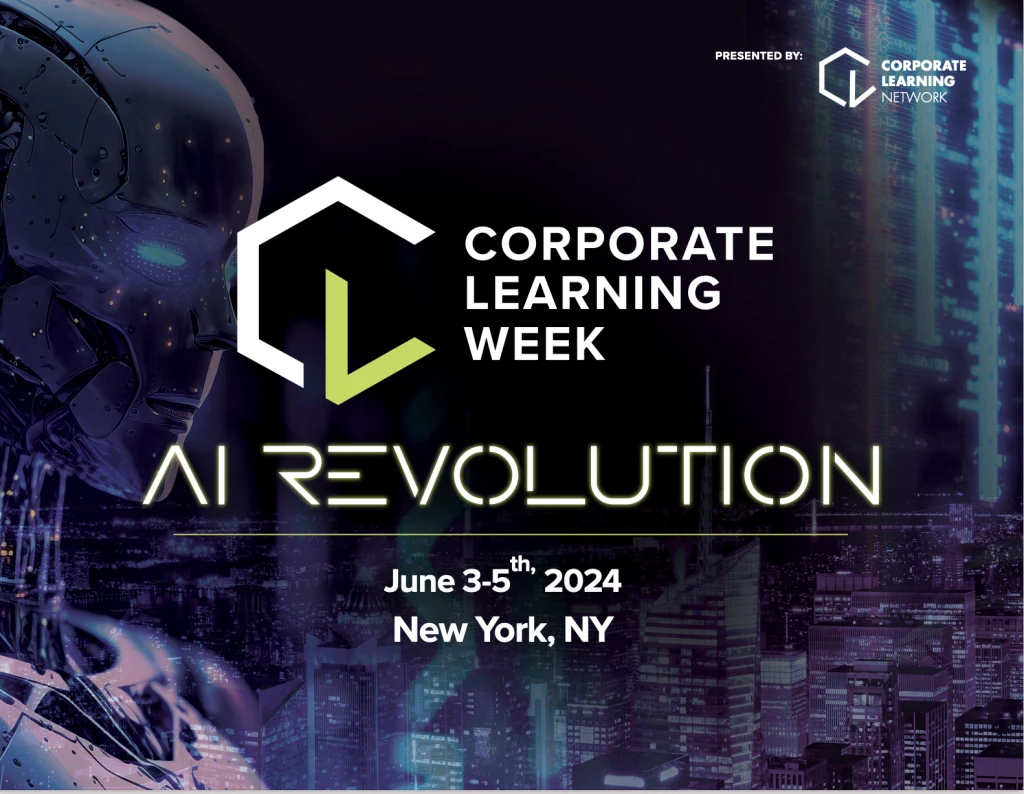Where Should Learning Fit into Talent Management?
Add bookmark
Human resources professionals understand the importance of an effective corporate learning program and its impact on the productivity of workers.
But according to a white paper by content technology developer Skillsoft, many companies don’t understand where learning fits into the talent management picture.
"Increasingly organizations recognize learning content’s connection to employee effectiveness, performance management and organizational success," wrote John Ambrose, vice president, Strategy, Corporate Development & Emerging Business at Skillsoft.
"[Companies’] focus has largely been on the integration of learning management system (LMS) functionality into the overall process. But focusing only on the underlying technologies misses a key point around the business impact of learning content."
In the paper, Ambrose highlights what he believes are five fallacies surrounding learning content, including:
- As a pillar of talent management, learning exists independently of the other talent management functions within an organization;
- "The platform comes first; we can worry about content later";
- An integrated learning and talent management platform offers the greatest business impact to an organization;
- Targeted learning content precludes an abundant library; and
- All content is created equal
The first fallacy speaks to the idea that learning should be a separate function of talent management, which Ambrose noted can do a disservice to the organization and its employees—both of which suffer from an absence of effective measurement.
"Recognizing that learning connects the pillars of a solid talent management strategy ... allows organizations to more effectively measure the impact of learning within each of these areas. If you cannot measure, you cannot qualitatively or quantitatively demonstrate impact or improvement," he wrote.
The second fallacy assumes content is not important, which can be a critical mistake when including learning in the talent management picture. Companies have a lot of learning materials in their possession; the task is to turn those materials into actionable content.
"Learning content already lives across the organization. The new hire orientation packet, the annual harassment prevention training, the workshop introducing the sales team to a new selling technique, the user guide IT supplies after a Microsoft Office upgrade, the VP coaching a new manager ... this content exists outside of your technology infrastructure."
Ambrose’s third fallacy is a belief that automating the learning will lead to more effective learning. However, he pointed out, it is the content that actually has the most impact, not the method by which it is delivered.
"Platform technology is important but it is just the first step on a stairway to improved efficiency. That’s because automation—the current phase of platform consolidation and integration—offers clear benefits, but it is only a one-time improvement," he wrote.
"Effective learning content, however, can change behavior on an ongoing basis. The application of learning is critical and provides sustained incremental value to organizations."
The fourth fallacy supposes that companies should strive for a targeted library of learning, rather than a large, wide-ranging library. However, the two ideas should be complementary, he noted—it’s important companies have an extensive library with the ability for employees to pinpoint the information they need to facilitate learning.
"The ability to pinpoint the most relevant content in a format that appeals to an individual learning style is at the heart of what it means to be an agile organization," Ambrose wrote. "And agility is critical in today’s global economy."
He added: "Providing self-service tools in addition to formal programs empowers individuals to dip in to the assets they need to sharpen skills and develop the knowledge to tackle evolving challenges."
The final fallacy could be the most important: the idea that all content is created equal. Different employees have different learning styles, need to learn different things and have different requirements to doing so, and a one-size-fits-all content collection won’t be effective or well-received, Ambrose said.
"It is not enough just to provide learning content. You must provide current, relevant, authoritative content from respected sources. And that content must be presented in a way that resonates with learners, allowing them to visualize how this new knowledge will impact their work," he wrote.
The idea that learning should be baked in to the talent management process is something every organization should take to heart.
Ambrose’s five fallacies are definitely food for thought for any company looking to develop or improve its corporate learning program.





























